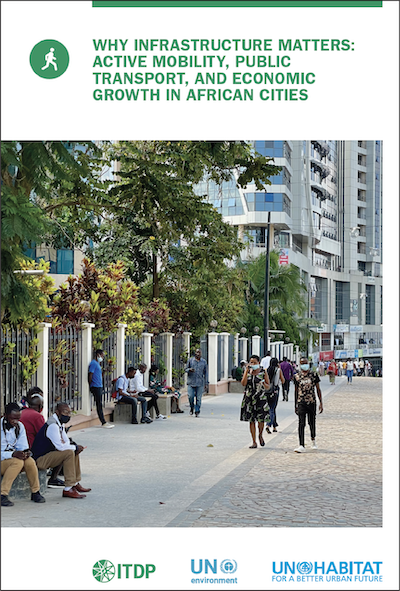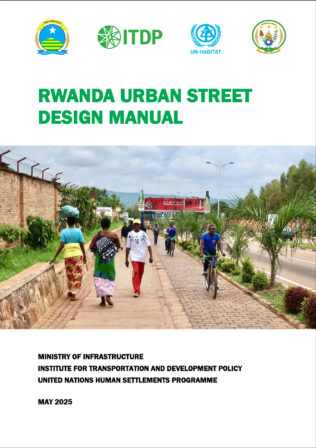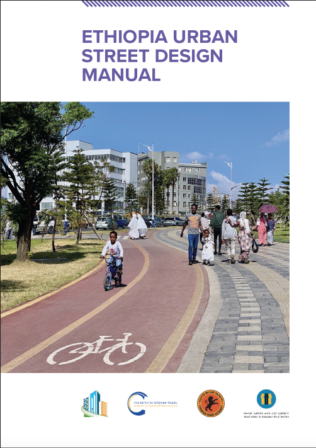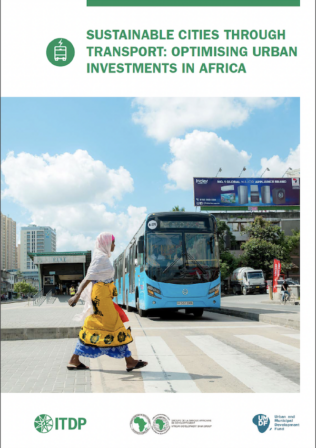Why infrastructure matters: Active mobility, public transport and economic growth
As Africa urbanises, cities are experiencing growing demand for convenient and efficient mobility. However, urban transport investments in recent decades have focused on the needs of private cars, with little consideration for non-motorised transport (NMT) and public transport the modes used by most urban Africans. As walking, cycling, and public transport are low-carbon and low-cost modes of transport, investments in these modes help achieve many social, economic, and environmental goals, including improved access to jobs and education; reduction in local pollution; avoidance of fatalities and injuries from traffic crashes and reduced cost of urban infrastructure.
This study explores the benefits that can accrue if cities prioritise active mobility and public transport. It quantifies the benefits of walking, cycling, and public transport in the Africa region, comparing alternate investment scenarios for the 188 largest African cities. Under a Business-as-Usual (BAU) scenario, cities would continue to focus on road expansions, flyovers, and other investments primarily catering to personal car use. In a Sustainable scenario, cities would develop adequate facilities for walking, cycling, and public transport, facilitate compact land use and adopt measures to manage the use of private motor vehicles.




